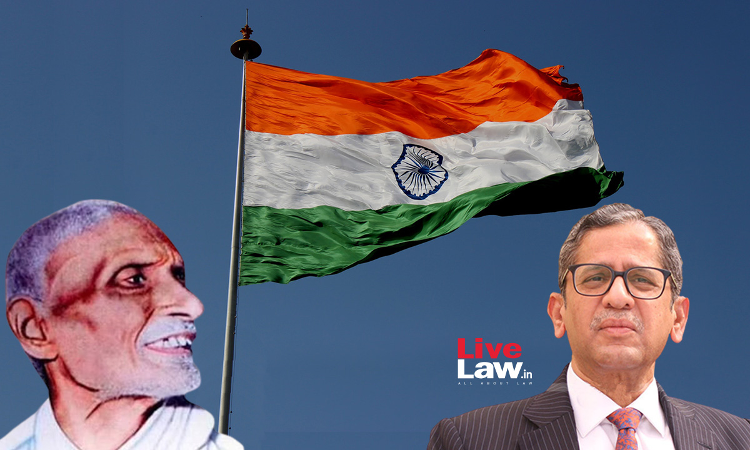Chief Justice of India NV Ramana paid tributes to Pingali Venkayya, the designer of the national flag, in his independence day speech today."Today I see the tricolour flying high above us. I cannot help but take pride and remember Shri Pingali Venkayya, who is the architect of the national flag, who hails from the Telugu land, who designed the national flag", CJI Ramana, also a Telugu,...

